Takahiro Suzuki
Department of Information Science and Biomedical Engineering, Graduate School of Science and Engineering, Kagoshima University
Estimation of articulated angle in six-wheeled dump trucks using multiple GNSS receivers for autonomous driving
Dec 05, 2023Abstract:Due to the declining birthrate and aging population, the shortage of labor in the construction industry has become a serious problem, and increasing attention has been paid to automation of construction equipment. We focus on the automatic operation of articulated six-wheel dump trucks at construction sites. For the automatic operation of the dump trucks, it is important to estimate the position and the articulated angle of the dump trucks with high accuracy. In this study, we propose a method for estimating the state of a dump truck by using four global navigation satellite systems (GNSSs) installed on an articulated dump truck and a graph optimization method that utilizes the redundancy of multiple GNSSs. By adding real-time kinematic (RTK)-GNSS constraints and geometric constraints between the four antennas, the proposed method can robustly estimate the position and articulation angle even in environments where GNSS satellites are partially blocked. As a result of evaluating the accuracy of the proposed method through field tests, it was confirmed that the articulated angle could be estimated with an accuracy of 0.1$^\circ$ in an open-sky environment and 0.7$^\circ$ in a mountainous area simulating an elevation angle of 45$^\circ$ where GNSS satellites are blocked.
* This is an electronic version of an article published in ADVANCED ROBOTICS, 35:23, 1376-1387, 2021. ADVANCED ROBOTICS is available online at: www.tandfonline.com/Article DOI; 10.1080/01691864.2019.1619622
Goldilocks-curriculum Domain Randomization and Fractal Perlin Noise with Application to Sim2Real Pneumonia Lesion Detection
Apr 29, 2022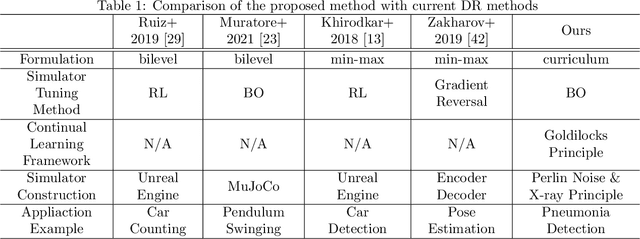
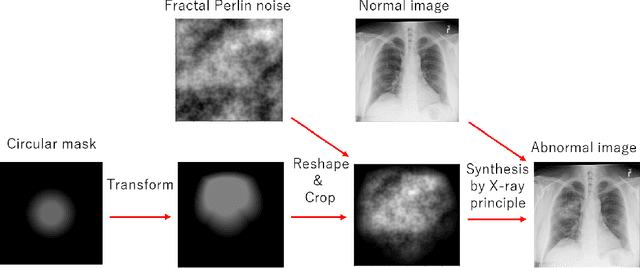
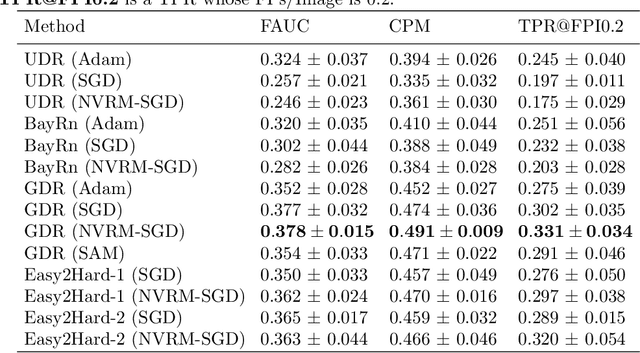
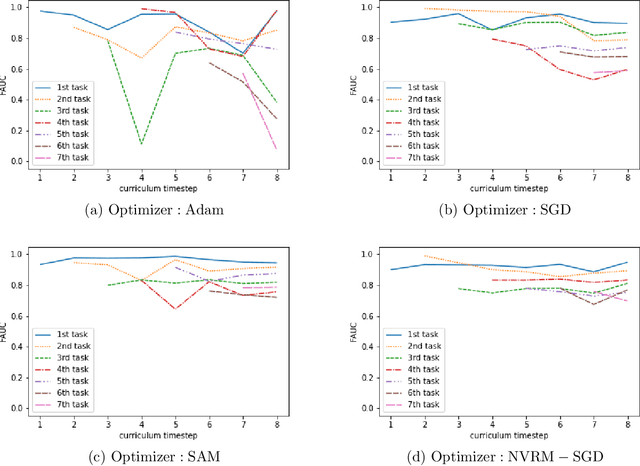
Abstract:A computer-aided detection (CAD) system based on machine learning is expected to assist radiologists in making a diagnosis. It is desirable to build CAD systems for the various types of diseases accumulating daily in a hospital. An obstacle in developing a CAD system for a disease is that the number of medical images is typically too small to improve the performance of the machine learning model. In this paper, we aim to explore ways to address this problem through a sim2real transfer approach in medical image fields. To build a platform to evaluate the performance of sim2real transfer methods in the field of medical imaging, we construct a benchmark dataset that consists of $101$ chest X-images with difficult-to-identify pneumonia lesions judged by an experienced radiologist and a simulator based on fractal Perlin noise and the X-ray principle for generating pseudo pneumonia lesions. We then develop a novel domain randomization method, called Goldilocks-curriculum domain randomization (GDR) and evaluate our method in this platform.
Black-box Adversarial Attacks on Monocular Depth Estimation Using Evolutionary Multi-objective Optimization
Dec 29, 2020


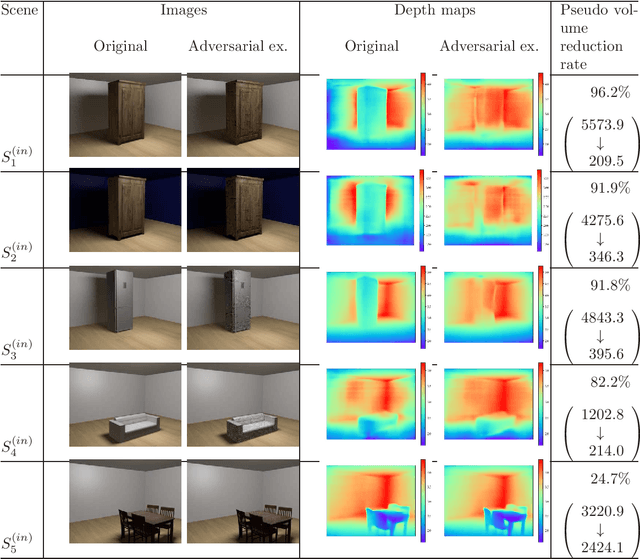
Abstract:This paper proposes an adversarial attack method to deep neural networks (DNNs) for monocular depth estimation, i.e., estimating the depth from a single image. Single image depth estimation has improved drastically in recent years due to the development of DNNs. However, vulnerabilities of DNNs for image classification have been revealed by adversarial attacks, and DNNs for monocular depth estimation could contain similar vulnerabilities. Therefore, research on vulnerabilities of DNNs for monocular depth estimation has spread rapidly, but many of them assume white-box conditions where inside information of DNNs is available, or are transferability-based black-box attacks that require a substitute DNN model and a training dataset. Utilizing Evolutionary Multi-objective Optimization, the proposed method in this paper analyzes DNNs under the black-box condition where only output depth maps are available. In addition, the proposed method does not require a substitute DNN that has a similar architecture to the target DNN nor any knowledge about training data used to train the target model. Experimental results showed that the proposed method succeeded in attacking two DNN-based methods that were trained with indoor and outdoor scenes respectively.
Adversarial Example Generation using Evolutionary Multi-objective Optimization
Dec 30, 2019



Abstract:This paper proposes Evolutionary Multi-objective Optimization (EMO)-based Adversarial Example (AE) design method that performs under black-box setting. Previous gradient-based methods produce AEs by changing all pixels of a target image, while previous EC-based method changes small number of pixels to produce AEs. Thanks to EMO's property of population based-search, the proposed method produces various types of AEs involving ones locating between AEs generated by the previous two approaches, which helps to know the characteristics of a target model or to know unknown attack patterns. Experimental results showed the potential of the proposed method, e.g., it can generate robust AEs and, with the aid of DCT-based perturbation pattern generation, AEs for high resolution images.
 Add to Chrome
Add to Chrome Add to Firefox
Add to Firefox Add to Edge
Add to Edge